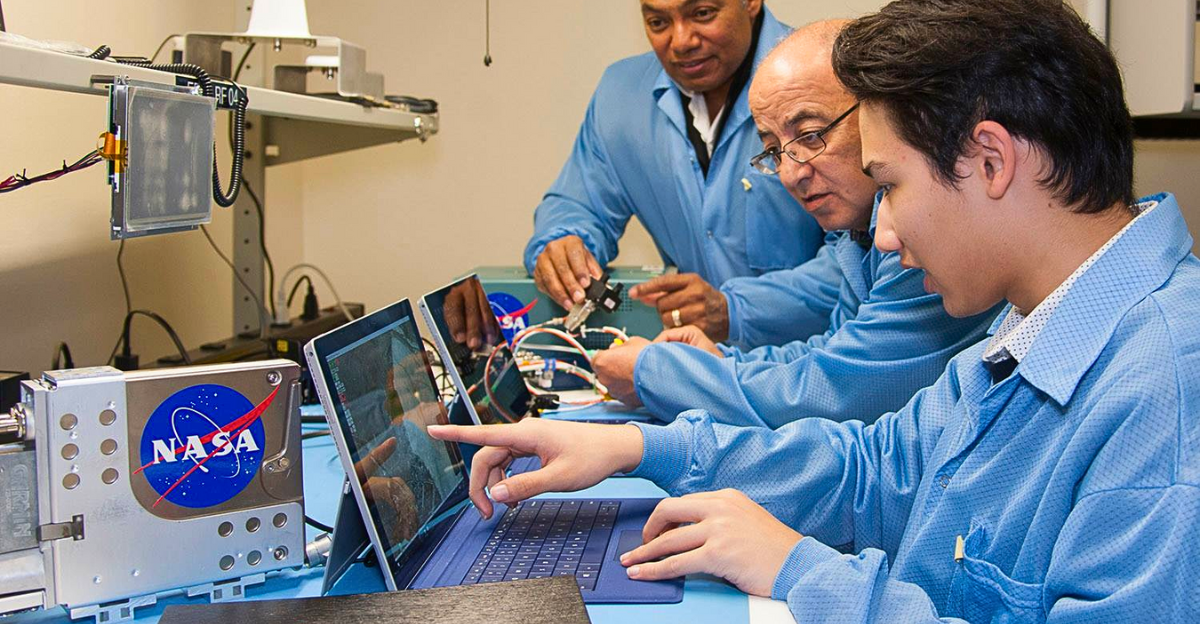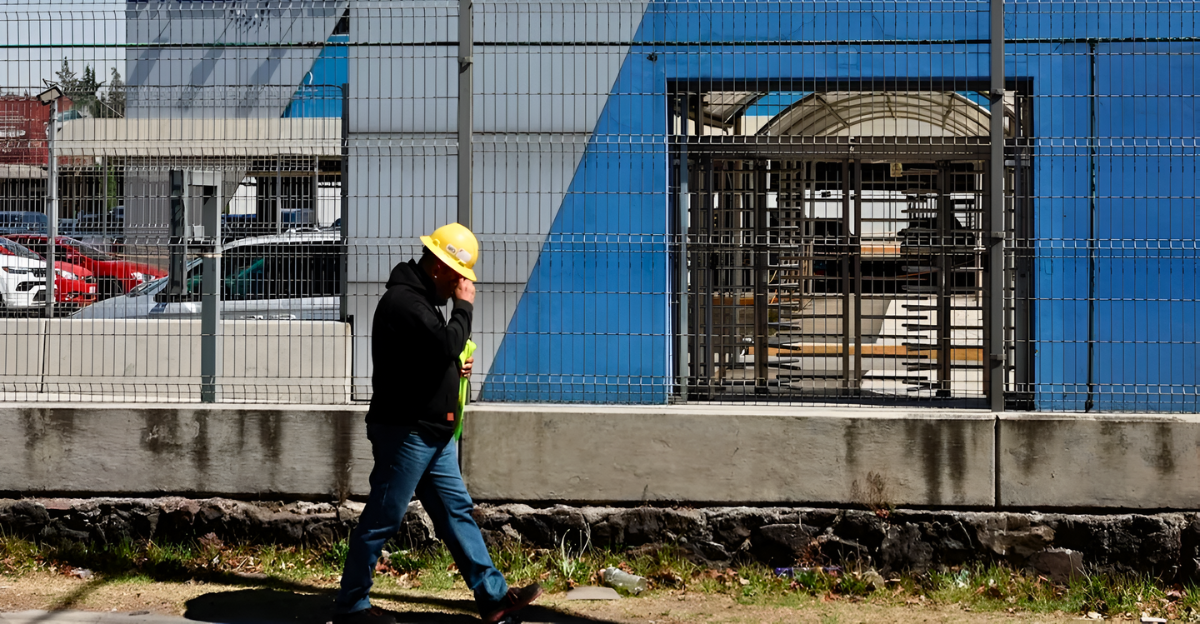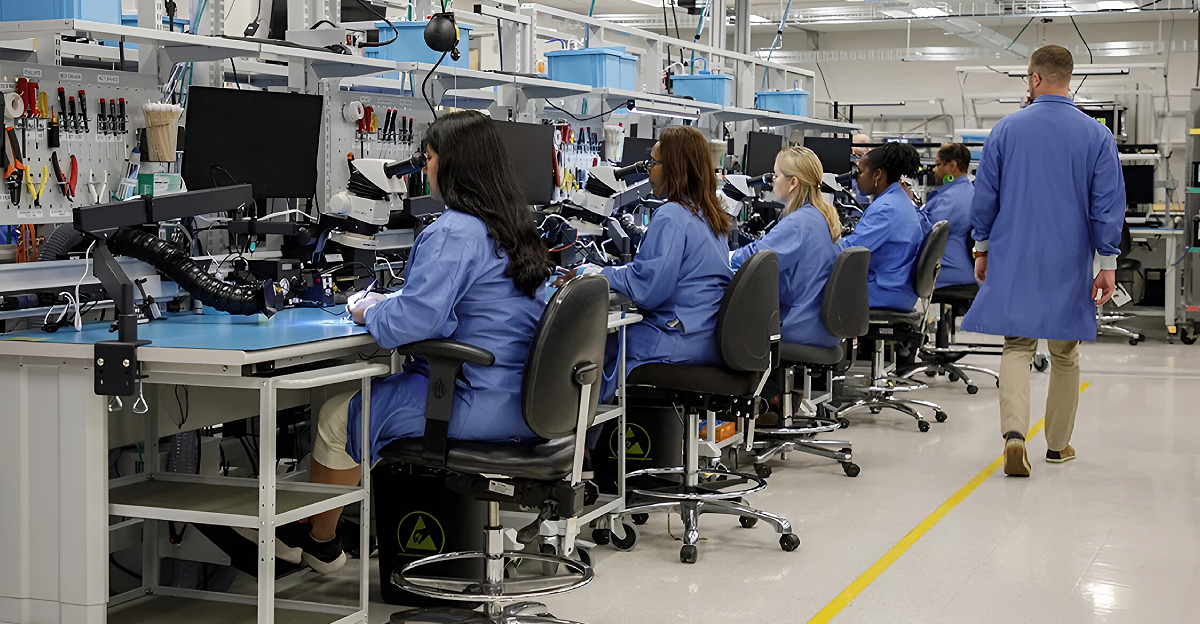
NASA has been rocked by the loss of nearly 4,000 employees in just a few months, according to new data from the agency and confirmed by national news outlets. This is the steepest workforce decline NASA has faced since the 1970s. Several longtime staffers have said the mood feels surreal as friends and entire teams vanish. “It’s hard to overstate how different this place feels lately,” one manager told NPR. Many at NASA and in Congress want to know whether the agency can fully recover.
Unprecedented Downsizing Hits Major NASA Centers and Core Science Divisions

NPR reports that the speed and scale of these cuts set this moment apart from previous staffing cycles. Instead of gradual changes, almost all the departures have come in the first half of 2025. Goddard, Johnson, and Kennedy Space Centers are each losing hundreds of staff. The science division is facing some of the deepest cuts the agency has ever made. As projects are delayed or canceled, concerns about NASA’s role as a space leader have only grown louder in Washington.
Federal Mandate Drives Sharp Reductions Across NASA Workforce

This mass exit was triggered by a federal directive from the Trump administration requiring every agency, NASA included, to reduce its headcount by about 20 percent. According to SpacePolicyOnline, NASA tried to soften the blow with voluntary incentives and buyouts. A “Deferred Resignation Program” closed July 25, allowing staff to leave without immediate layoffs. Still, the result was a massive wave of retirements, and NASA lost decades of experience almost overnight.
Sweeping Budget Cuts Force NASA to Scale Back Missions and Projects

Budget cuts added fuel to the fire. Congress cut NASA’s funding by nearly a quarter, and science programs felt it even more, losing almost half their budgets, according to Science. Administrators say they had little choice but to slash support for lunar and Mars missions, not to mention 19 separate Earth science projects. The new budget—about $19 billion for the year—means some of NASA’s biggest exploration goals will have to wait.
NASA Officially Acknowledges 21% Workforce Reduction Across the Agency

On July 26, NASA confirmed that about 3,900 employees—more than one in five—had taken buyouts, opted for early retirement, or resigned. This rivals the mass reductions that followed the end of Apollo in the 1970s, but happened much faster, as reported by NASA and NPR. These weren’t just admin roles. Engineers, lead scientists, and mission managers all left. NASA spokesperson Cheryl Warner said the agency’s goal is to become “a more efficient organization,” but acknowledged the scale of loss has been tough for everyone.
NASA Centers Across the Country Experience Largest Staffing Cuts on Record

The effects are widespread. According to the Houston Chronicle, the Goddard Space Flight Center in Maryland lost more than 600 people, the hardest hit anywhere. Johnson Space Center in Texas said goodbye to nearly 370, and Kennedy in Florida lost 311. Headquarters in Washington, D.C., shed hundreds too. Research groups are thinning out from Alabama to California, and years of know-how are walking out the door.
Morale Drops Throughout NASA as Employees Express Uncertainty Over Future

Inside NASA, many staff say morale has suffered badly. According to The Washington Post, some employees have staged small protests outside closed offices. “Everyone has lost faith—people fear for the agency’s future,” said one mid-level engineer in an interview with the paper. Senior scientists are openly worried about replacing specialized expertise. Even the administrative support staff is seeing equally large departures, which is impacting daily operations.
NASA’s Leadership Stands By Layoffs Amid Growing Scrutiny and Criticism

Agency leaders say these staff reductions were a tough but necessary choice. They argue NASA must live within new budget constraints while still prioritizing safety and future missions, as stated in their official press releases. However, labor unions and advocacy organizations are unconvinced. According to Yahoo News, critics say NASA’s cuts have gone too deep, leaving the United States at risk of falling behind in space exploration. Official statements insist that every effort is being made to protect NASA’s most critical missions and staff.
NASA Cuts Trigger Ripple Effects for Industry Partners and Global Allies

It’s not just NASA that’s feeling the strain. Politico reports that industry partners, university researchers, and international collaborators are all put on edge. Many planned joint missions—including lunar projects with Japan and satellite programs with Europe—are up in the air. Some in Congress have begun holding hearings to study whether these “brain drain” losses could damage America’s standing as a world leader in space science.
Office Closures Eliminate Key Research and Diversity Programs at NASA

Shutting down entire offices is now a reality at NASA, according to Axios. The Office of the Chief Scientist, the Office of Technology, Policy and Strategy, and the DEI and Accessibility Branch have all closed. Many specialist jobs were either eliminated or rolled into other roles, and public engagement and STEM outreach programs have also suffered. These closings end decades of specialized work and strain NASA’s capacity for scientific research and outreach.
NASA Employees and Unions Push Back Against Agency Over Workforce Losses

Employees and unions are voicing growing frustration over the cuts. NPR has reported that some have organized petitions calling on Congress to restore funding. High-profile scientists have written open resignation letters, criticizing agency leadership and warning of strategic harm to the U.S. space program. Many staff feel that cost-saving goals have clashed directly with NASA’s long-term mission of exploration and research.
Massive Turnover Prompts Leadership Changes and New Faces at NASA

With so many top staffers gone, NASA’s leadership looks very different today. SpaceNews describes how dozens of managers have retired or accepted incentive packages, and new acting directors juggle several roles simultaneously. While efforts are underway to keep projects on track, these many changes make program oversight more challenging, and the risk of errors has increased.
NASA Launches Hiring Efforts and Private Partnerships to Speed Recovery

NASA officials are trying to turn the corner. The Verge reports that core STEM teams are being reorganized and younger scientists are being recruited to fill critical gaps. The agency is also looking to expand partnerships with commercial space companies. Some hope this shift will help stabilize NASA, but restoring the experience and skills lost could take years, even with aggressive hiring.
Experts Warn NASA’s “Brain Drain” May Undermine Space Leadership for Years

Many in the science policy world are skeptical about NASA’s chances of bouncing back quickly. A senior American Institute of Physics analyst told Nature that this brain drain is not easily reversed. Some experts believe American space leadership will be harder to maintain with a smaller, less experienced civil workforce. Large-scale missions to the Moon and Mars, in particular, will likely be pushed further into the future.
NASA’s Future in Global Space Leadership Remains Uncertain After Cuts

Looking forward, NASA faces serious questions. Its reputation and technical strength are being tested at a turning point for global space exploration. As the dust settles, the agency must prove it can keep leading on the world stage despite a sharply smaller team and a tighter budget. Many are watching to see how new priorities and surviving mission teams will shape the future—and how long recovery will take.






